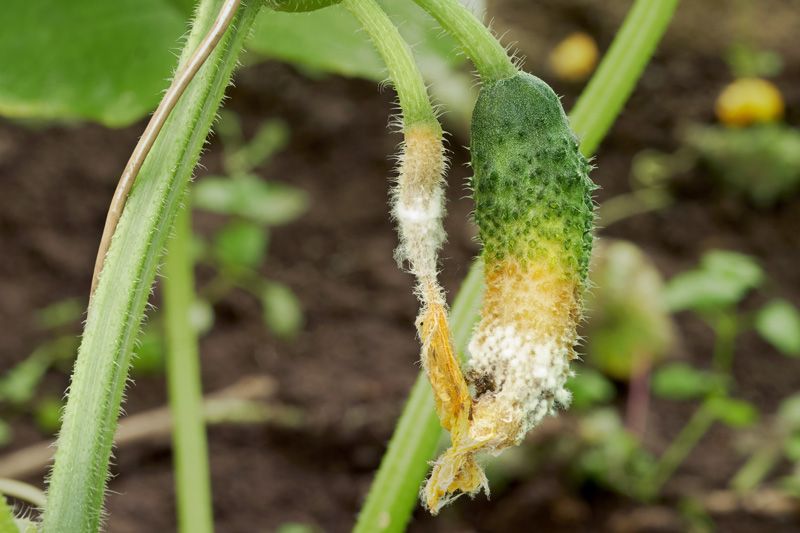
Sclerotinia (White Mold)
Sclerotinia (white mold)
Common name
Sclerotinia
Cottony rot
Watery soft rot
Stem rot
Crown rot
Blossom blight
Causal agent
Sclerotinia is a fungal disease caused by three species of fungi in the genus Sclerotinia. It is more common in cool, wet areas with high humidity.
Scientific name
Sclerotinia sclerotiorum
Sclerotinia minor
Sclerotinia trifoliorum
Symptoms & Signs
White mold is characterized by brown lesions, with white fluffy growth on the infected plants. The fluffy white growth (mycelium) produces hard and black sclerotia. It also shows water-soaked lesions on the stems, fruits, and leaves that enlarge to girdle the stem. As the disease progresses, the leaves wither, wilt, and fall off. This causes the collapse of the entire plant.
Transmission
The fungal asci produce ascospores that travel via air and water to other plants and infect healthy plants. Periods of heavy rain with cool temperatures between 12-24 °C favor the spread and growth of spores. The spores initially infect the flowers, but the infection gradually spreads to other parts as well.
Time of concern
Spring to late summer
Common hosts
Beans
Carrots
Peas
Pumpkins
Sunflower
Canola
Tobacco
